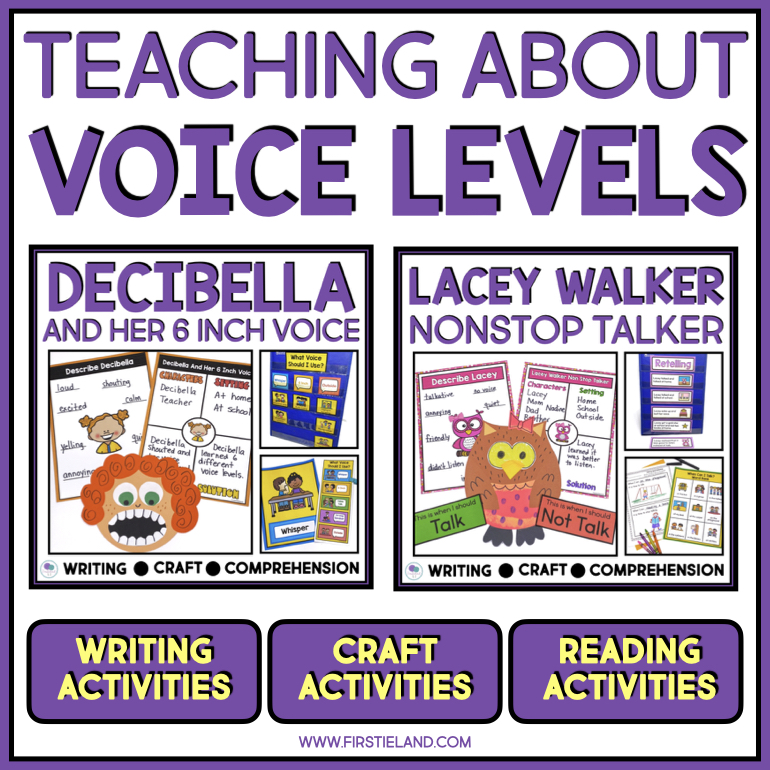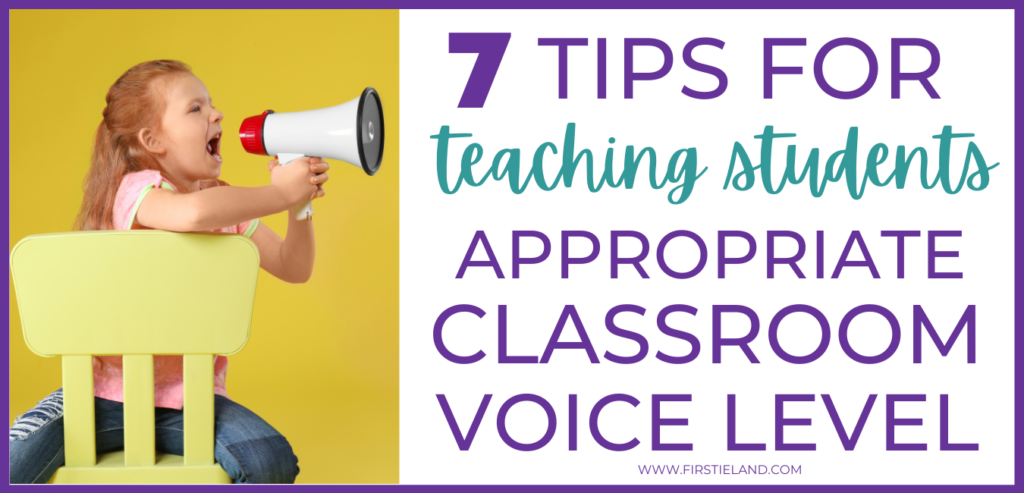
If chatty kids are making teaching impossible it may be time for your students to learn appropriate classroom voice levels. Ahhh, the sweet sound of silence. We know the sound, but we rarely hear it in an elementary classroom. There's really nothing better than the buzzing sound of children learning but when the voice level begins to rise, that's when it all goes downhill.
So, how do you teach kids about the appropriate voice level to have in the classroom? Here are 7 tips to help you get started.
1. Teach Voice Level Expectations
It's important to teach students what you expect your classroom to look like….and SOUND like. Telling your class to “work quietly” is too vague and they'll usually end up getting louder and louder as the day goes on.
Be very clear as to the kind of voice that's expected during different times in your room. Do you expect silence during work time? Can students whisper while they're at centers? What should it sound like when students are buddy reading? Your room will sound different during these times and it's important to demonstrate what you expect to the students.
There are lots of great books to help you teach classroom expectations. One of my favorites for voice level is Decibella And Her 6 Inch Voice. Decibella is a little girl who loves to talk in a very loud voice but learns that there are certain times and places where it's better to be quiet or have a whisper. She learns the difference between a one-inch voice and when she is being too noisy. It's a great book when teaching your students' voice level meaning and your expectations for classroom noise levels.
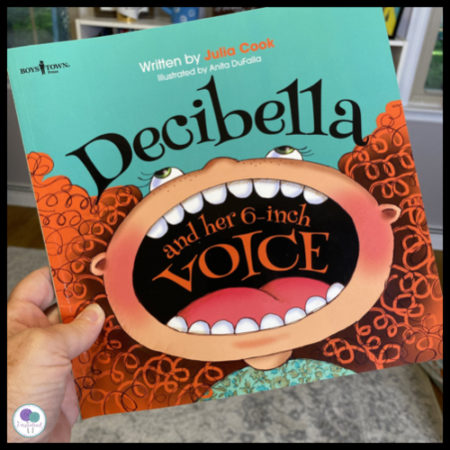
2. Demonstration is necessary
Children don't necessarily understand the difference between a whisper and silence. That may be obvious to us, but to kids, it may seem like the same thing. Demonstrate to students what a loud voice sounds like. Let them hear a quiet whisper. Show them what silence sounds like too.
During the first week of school as you are introducing new activities – such as working at their tables, working at learning centers, walking in the hallway, read to self, buddy reading, etc – demonstrate to students what their voice volume should sound like.
Choose a few students and have them show the class what it looks like to work in silence, whisper, or talk in a normal voice. In my classroom, I use a voice level chart that I keep hanging on the board. When I begin teaching a new activity, I refer to this poster and move a clip to the appropriate voice level. I explain to the students that this is what I expect and demonstrate to students what that sounds like.
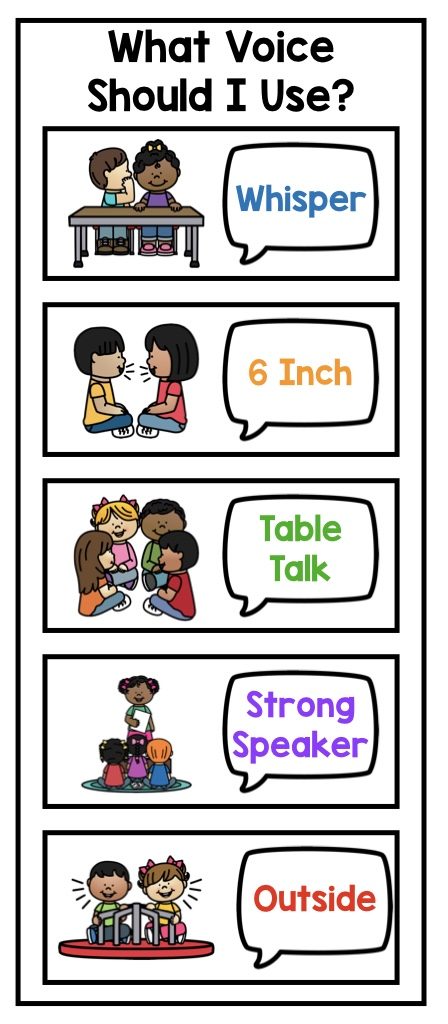
3. Monitor closely
When first teaching your students about voice level, it's important that you monitor it closely. Students need to know that you're serious about your expectations or the noise will quickly begin to rise in your classroom.
Walk around your classroom and stay near your students. Let them know that you're watching and listening. Quietly praise children who are using the correct voice level. If you notice someone who is doing a really great job, stop the class and have them watch what a child or certain group of children are doing. Students love to be praised for their good work and other children aspire to be like that too!
4. Give specific examples of appropriate voice level
In kindergarten or first grade, it's necessary to be very specific with students to avoid confusion. We have a simple pocket chart lesson at the beginning of the year about appropriate voice levels for different situations around the school.
I pass out pictures of different activities that we do in school or places in our building. Each student gets a picture and they show it to the class and we discuss where it should go in the pocket chart. Should we whisper during center time? Should we be silent in the hallway? Can we talk in a 6-inch voice during buddy reading? Students should know your expectations for every activity all throughout the day.
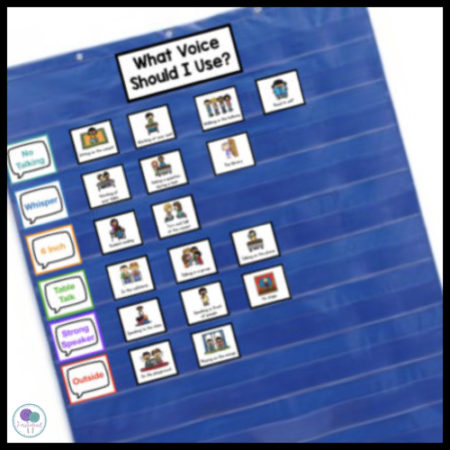
5. Make it a game
Young children respond well to games and play. Use this to your advantage when you're teaching your students the appropriate voice volume for different activities. Do you remember playing The Quiet Game when you were a child? Usually, my parents just wanted some peace and quiet for a few minutes, but we loved anything that was a game – even if that meant we had to be totally silent!
Play the Quiet Game with your students once in a while. If your students sit at tables or pods, have them work as a team during the quiet game to see which group can stop talking and be the quietest. Set a timer for a specific amount of time – maybe 5 or 10 minutes – and see which group can work in silence. Give a silly prize to the winners. Maybe they get to run in place for 30 seconds or do 10 jumping jacks. Your students will love the competition and will try hard to be the winners! Bonus – they'll get their work done quicker being quiet!
6. Write about it
I like to try to fit writing in wherever I can, and writing about our voice level is great for beginning-of-the-year writing activities. After reading the story Decibella And Her 6 Inch Voice, students write about how their voice should sound in our school.

Each child chooses a picture from our pocket chart activity “What Voice Should I Use?” and they draw and write about which voice level they should use during that time. We also make a Decibella craft and it makes a cute display in our hallway!
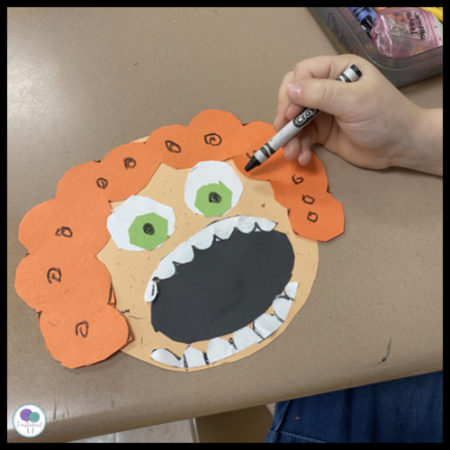
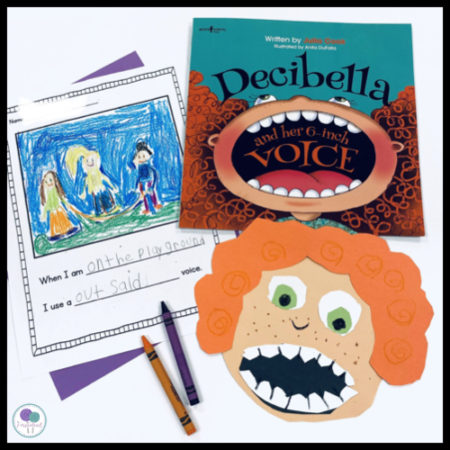
7. Voice level apps
Another fun way to reinforce voice level in your classroom is with apps like Too Noisy or Bouncy Balls. My students love when we check our decibel meter and turn on the bouncy balls app! You simply turn on the noise level meter and the balls bounce around on your screen when it gets too loud in your classroom. It's a great visual aide for noise control and the kids love it!

Taking the time at the beginning of the year to teach classroom expectations will really help your classroom management and keep things running smoothly all year.
Includes classroom voice level chart, pocket chart activity, writing template, craft, and worksheets to reinforce voice level expectations.
